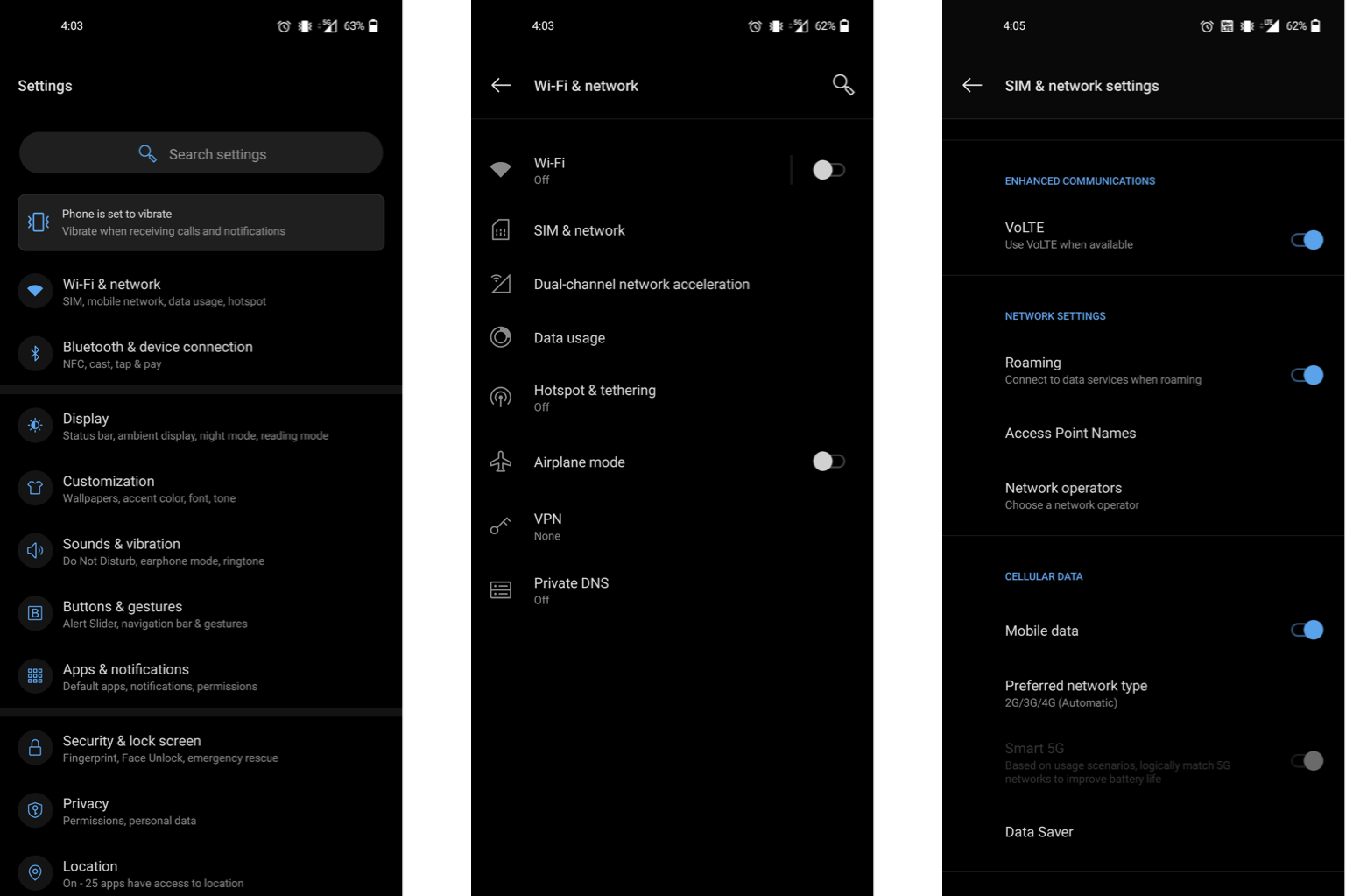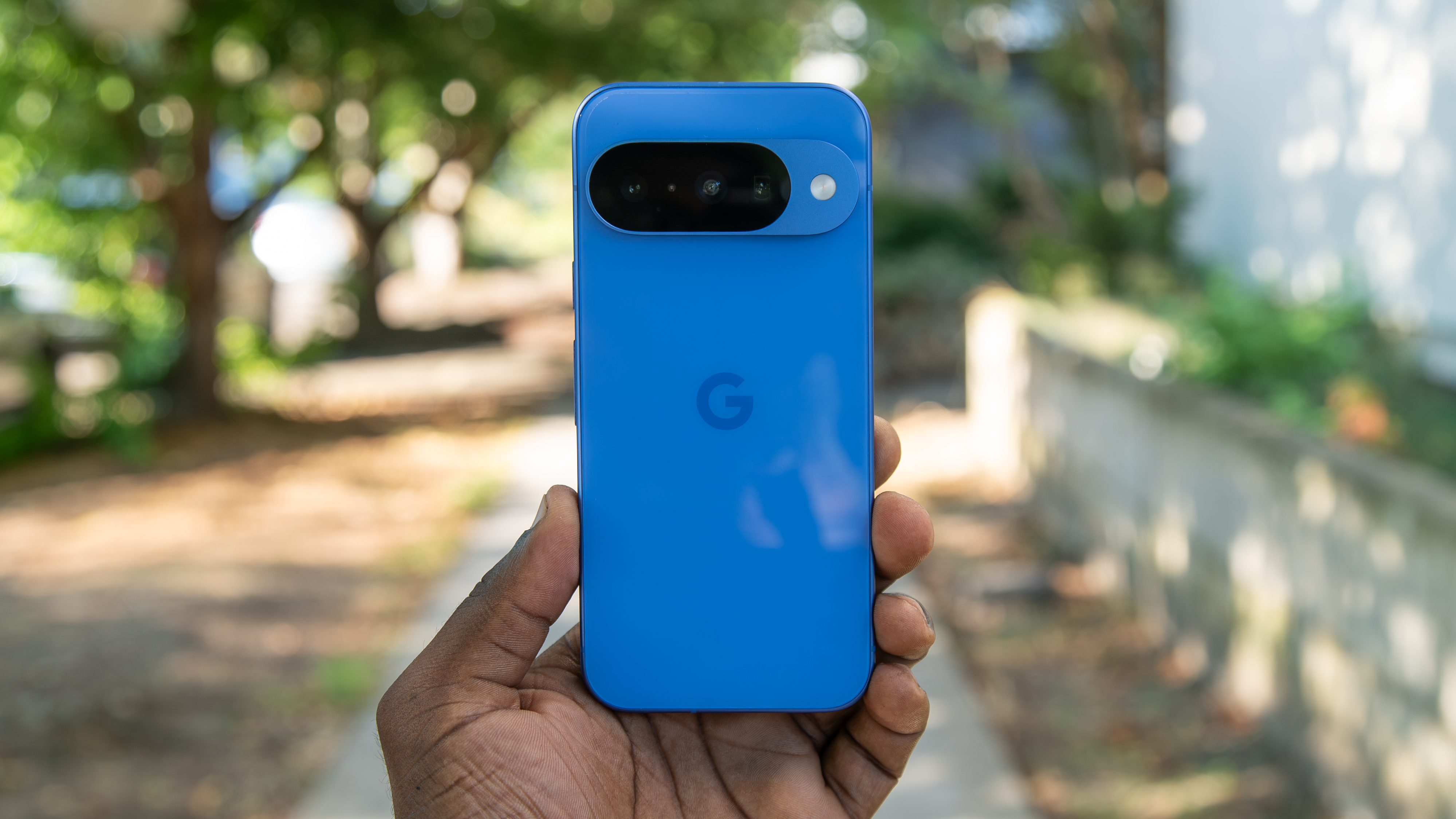VoLTE: How to use it and why you should care
An essential feature for those who value call quality.

VoLTE, which stands for Voice over Long-Term Evolution, is a technology utilized by phones and carriers around the world to transmit our voice(s) during calls. It's supported by just about every modern smartphone out there, even those from a few years ago. Unless you have an extremely old device, you're probably already using VoLTE on a near-daily basis, even if you don't realize it.
As wireless carriers (both mainstream service providers and MVNOs) in the United States continue to expand upon and improve their 5G network infrastructure, LTE (which is often called 4G) has become the default fallback option where 5G doesn't have strong coverage yet. VoLTE, as its name suggests, is based on LTE and is available across the vast majority of the country. Even if you have a newer smartphone but you're not already using VoLTE, it's a good idea to switch over to it.
Let's take a deeper look.
What exactly is VoLTE?
As the term indicates, Voice over LTE lets you place regular phone calls over your carrier's LTE network infrastructure, as opposed to older legacy voice networks. For instance, Verizon Wireless utilized 1XRTT in the past years for all voice calls, switching over to LTE only for data usage tasks like browsing the web. This used to be why older Verizon phones couldn't simultaneously utilize voice and data. Similarly, both AT&T and T-Mobile relied on a combination of LTE for data and HSPA+ for voice calls, and connections would drop down to 3G when talking to someone on the other line. With VoLTE, neither of these things are needed.
What both network types now have in common, thanks to VoLTE, is the ability to use more bandwidth to make phone calls with higher-quality audio that can easily travel both ways. When you're on a call with someone using VoLTE, you are immediately able to notice the difference in overall call quality on both sides. You might also notice calls getting connected much faster.
Which U.S. carriers support VoLTE?
All of the three major US carriers, namely AT&T, T-Mobile, and Verizon, support VoLTE now, even as 5G continues to gain traction as the next standard.
Some carriers also refer to VoLTE as 'HD Voice' for marketing reasons, since it results in increased fidelity compared to traditional cellular calls. At this point, most people making a call on a modern smartphone will be using HD Voice whether they know it or not. Most MVNOs and prepaid carriers use VoLTE for the majority of the calls and some using all-digital networks, like Visible, even require it.
Get the latest news from Android Central, your trusted companion in the world of Android
Wi-Fi calling technology is practically identical to HD Voice from the user's perspective, in that it uses a Wi-Fi data connection to complete the call instead of the LTE network. With all the carriers, you can expect an increase in call quality as long as your connection is solid. This can be especially important for people who work or live in the concrete brutalist buildings commonly built in the 70s and 80s, which often block outside cell signals.
As mentioned above, some prepaid carriers like Visible, have already moved to an all-digital network for their services.
How can I use VoLTE?
Even as traditional and alternative carriers ramp up 5G deployment throughout the United States (and around the globe), many are still continuing to maintain their existing 4G LTE infrastructure to fill in the gaps in coverage. As such, every major carrier supports VoLTE these days, and the same is true for just about all modern phones as well. In fact, all 5G smartphones are backwards-compatible with 4G LTE (and thus VoLTE) too.
On iPhones, the setting is usually a toggle in the main settings under Cellular, then Cellular Data Options. You might notice that when you change the option, the network indicator on the phone resets. That said, this behavior might be a bit different based on the software version that your phone is running.
On most of the newer Samsung phones, this option will be somewhere under the connections category in the phone's settings. On other phones, like those from OnePlus, it's very similar to the option under the Wi-Fi & network category. Usually, you'll find this option under the 'Network & internet' or similarly named setting.
A few crucial things need to go right for VoLTE to take effect, including having a good enough LTE connection with a tower that supports VoLTE. You'll also need a phone that supports VoLTE. This is something that will need to be confirmed on each device on your carrier of choice, but as mentioned before, most phones released in the last few years should be compatible with absolutely zero issues.
Perhaps the eventual goal for wireless carriers is to switch all their consumers to making calls on VoIP, which stands for Voice over Internet Protocol. Once this is done, features like VoLTE, VoNR, and Wi-Fi calling will fall into the same category and allow high-quality calls when connected to a secure network source. This also includes standalone 5G, and as more efficient 5G networks mature, carriers are going to want their customers to stay on that tower as much as possible. It's worth mentioning that VoNR (which stands for Voice over New Radio) is usually also called Vo5G (Voice over 5G) and is the successor to VoLTE, since it uses 5G network infrastructure.
What else do I need to know about VoLTE?

These days, almost all carriers offering unlimited talk and text include HD Voice or VoLTE calls in their bucket of services, even if they utilize the same network as video streaming or web browsing. But for carriers such as Verizon that support video calls under the VoLTE standard, the voice portion of a chat will use minutes, while the video portion will use data. Video calls generally use around 6-8 MB of data per minute, so unless you're hanging on to an ancient small data plan, it's probably going to be a non-issue.
It's also worth noting that all major carriers, as well as the best MVNOs, offer Wi-Fi calling functionality, which routes regular voice calls through a Wi-Fi network in areas of poor cellular coverage or just to improve call quality and reliability. Wi-Fi calling has more hoops to jump through than VoLTE does on U.S. carriers — especially on AT&T — but it can be a very useful tool if you live near or in an area with spotty network coverage.
Also, do keep in mind that VoLTE services might not be available if you're traveling internationally. Wi-Fi calling, however, should still be there.
While the VoLTE revolution has been slow and steady, it's now complete as both consumers and carriers have all but moved forward to 5G, the next big thing out there. It's good to see progress from mobile carriers, especially as spectrum becomes more valuable as we move forward towards further 5G deployment.
Do I need to upgrade my phone to keep making calls?
Most consumers, even those still using much older phones without any VoLTE support, will upgrade voluntarily before their network requires them to do so. However, if you have an older phone without VoLTE support and are just looking for stronger and more consistent performance, especially while you're traveling, upgrading to one of the best Android phones with support for VoLTE is a good move. Unsurprisingly, most (if not all) of these phones are compatible with 5G networks as well.
If you purchased a phone from a carrier, like AT&T, and tried to take it to another, like Verizon, there may be some incompatibility between software versions that might make VoLTE not work properly.
Back in 2020, some of AT&T's customers were told that they needed to upgrade their phones to continue using the service. In fact, AT&T has already shut down its 3G network so affected customers should have already been upgraded to LTE-compatible devices by now. T-Mobile also took its 3G network down in 2022, so customers more than likely have already been upgraded to VoLTE.
AT&T isn't the first carrier to drop support for older phones, and it certainly won't be the last. The fact of the matter is that maintaining support equipment for its legacy networks for the few customers who insist on using dated phones is a huge waste. While using a phone for longer is good for the environment, there's a point where the hardware just can't keep up with modern infrastructure.

When Samuel is not writing about networking or 5G at Android Central, he spends most of his time researching computer components and obsessing over what CPU goes into the ultimate Windows 98 computer. It's the Pentium 3.
- Rajat SharmaContributor
You must confirm your public display name before commenting
Please logout and then login again, you will then be prompted to enter your display name.

